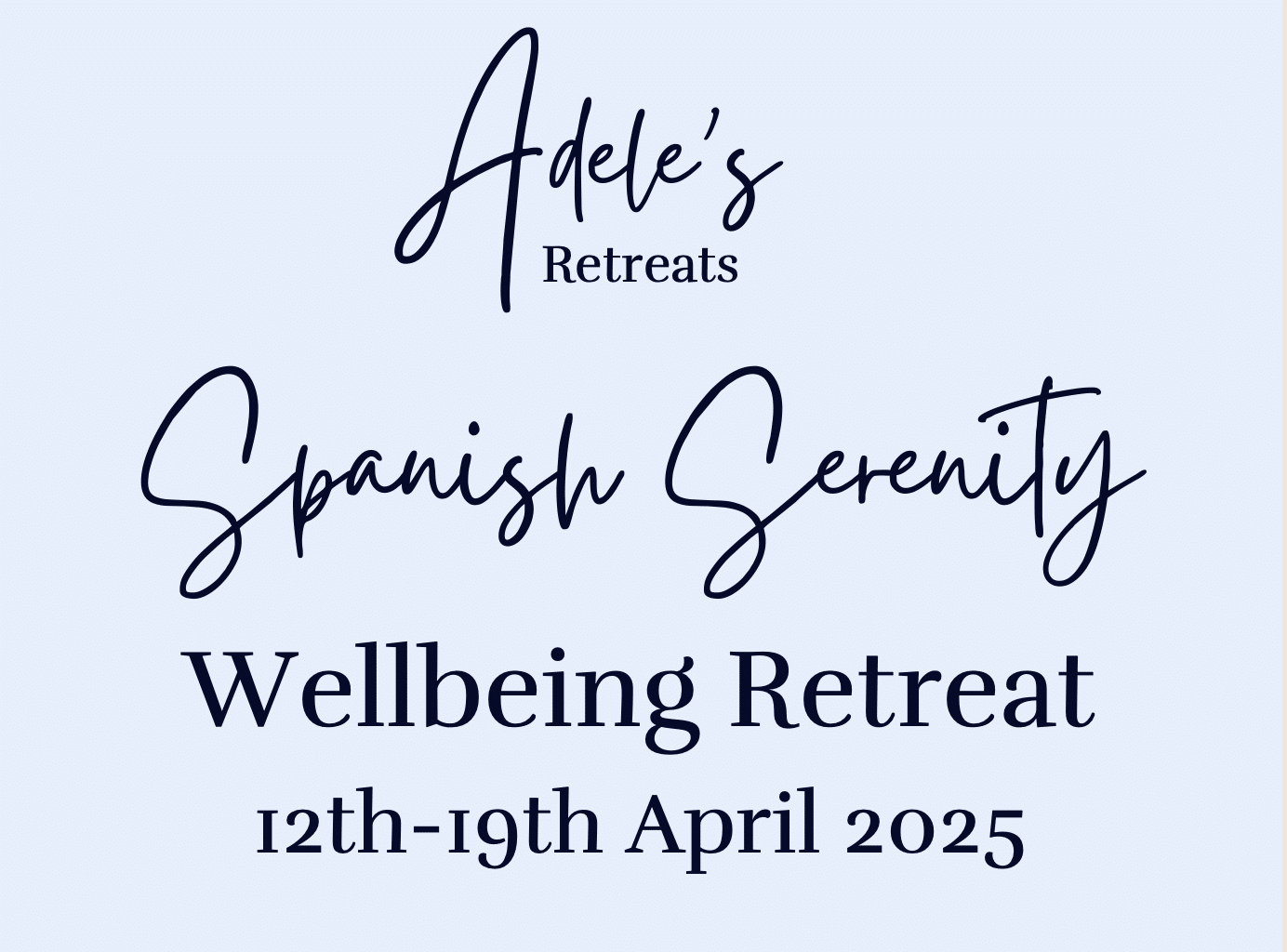Calorie counting as a way to lose weight is losing its efficacy. Nutritionists and athletes are looking at their macro percentages to give a much more accurate reflection of what they are consuming and how to lead the way to a healthy diet. This blog will begin with a simple explanation of the macro and micro foods and explain how to combine your macros.
Managing your macros is a much easier way to a meal plan if you are looking to eat a balanced diet. Rather than time-consuming calorie counting, simply base your food choices around your macros.
The regular healthy heart diet suggests:
- 60% carbs, 20% protein and 20% fat
- Whereas our ancestors ate: 5% carbs, 20% protein, 75% fat,
The ancestral diet is now considered a very low carb diet. Somewhere in the middle will be great for you if you want to lose weight. I talk about it a lot more in my book Gorgeous!
How to make macro balancing easy
Macros are very easy to understand they consist of fats, proteins and carbs. Micro foods are vitamins and minerals.
What are proteins?
Proteins are broken down into your body to form amino acids. There are 9 essential amino acids that you need to eat EVERY DAY. Protein foods include meat, seafood, eggs, chia seeds, fish, hempseed. Organic meat contains all 9 essential amino acids in one mouthful as do eggs. Vegetarians and vegans need to select foods that combine to create a complete protein in a slightly different way. I have written a blog and a video outlining how easy this is. Both vegans and vegetarians need to combine protein and carbs to make up the essential amino acids.
Don’t miss: How to add vegetarian protein to your diet
What are carbs?
Carbohydrates are broken down by your body into glucose, which insulin mops up and either feeds to muscle or liver cells or panics and puts into storage – that would be fat storage aka love handles storage.
Carbs have a ranking – Glycaemic index which is their score out of 100, and ranked by which one is going to go straight into your body. The higher the number the quicker the ‘carb’ hit. Examples of white/beige carbs are bread, oats, fruit, potatoes Whilst ‘Green carbs’ include fruit and vegetables.
What is the real problem with Sugar?
Let’s get this out of the way straight away beige carbohydrates are sugar. Let’s not beat about the bush or be apologetic. A piece of white bread is no better for you than a tablespoon of white sugar. Sugar has no nutritional value. Sugar causes diabetes and brain disease. Let’s play a quick game to illustrate which of the following food has the higher GI?
- a slice of brown bread,
- Snickers bar,
- Mars bar,
- Banana?
The answer is brown bread. Did you get that one right? If not here is another chance to shine. Which of these foods has the highest GI and which one has the lowest?
- white rice,
- ice cream,
- cornflakes,
- white bread?
I bet you got that one right, it was a trick question followed quickly after the first question, yes white bread has the highest GI. And which out of those four has the lowest? Ice cream because of the fat.
Insulin is the ‘enemy’ of the dieter
Insulin is seen as the ‘darling’ or the ‘enemy’ of the dieter and the world of nutrition. Insulin is the fat storing hormone, it mops up the glycogen in your body. Glycogen is the broken down from carbohydrates in your body. Your body doesn’t care one jot if the carb is from homemade organic rye slice from Jeff’s hippy coffee shop or a piece of millionaire shortbread from the Coop. It is all sugar to the fanatic. Your body loves it and it trips out on it.
Sugar is the only substance in your body that can turn into fat with little effort and your cells adore fat. Your body retains fat, it is much easier for the body to use glucose as energy when you exercise.
Plus your body holds onto fat:
- easier to use glucose
- because fat is valuable
- fat coats all your nerves
- fat make your brain work and makes you a ‘fast thinker’
What are dietary fats?
Fats are broken down by the body into fatty acids. Fats are also broken down into 4 elements – monounsaturated, polyunsaturated, saturated and a new version of fats called transfats or hydrogenated fat. Let’s look at them all individually and give you a good food example of each. You need to balance your fats and have a sample of each fat, each day.
Don’t miss: Fats won’t make you fat and cholesterol won’t give you a heart attack
Monounsaturated fats – macadamias, olives and oil, avocado, pecans, almonds, cashews and peanut butter. Plus lard (derived from a pig) chicken and duck fat.
TOP TIP: Eating a handful of nuts with avocado is a perfect snack because it combines mono and poly fats
Polyunsaturated fats – fish (salmon, mackerel) & fish oil, hemp seeds, pumpkin seeds, walnuts, flaxseeds, chia seeds, Brazil nuts, sunflower seeds, sesame seeds, fatty fish
Polyunsaturated fats are further broken down into Omega 3 and Omega 6 fats. These two fats are finely attuned and like your parasympathetic and sympathetic nervous system, they help to balance your gorgeous body in perfect homeostasis – balance. The balance of omega 3:6 ratio should ideally be 1:1
Omega 3 is anti-inflammatory fat and is found in fish, chia seeds, flaxseeds. Walnuts contain a little omega 3 but more omega 6. Omega 6 is the inflammatory fat and is found in vegetable oils: corn, cottonseed, soybean, safflower, peanut canola oil and soybean and peanuts. Your body needs both of these fats to work with each other to create balance.
Unfortunately, the modern diet which in the last 50 years has changed beyond recognition from the last 2,000 years has increased the amount of omega 6 in our food chain via animal feed and processed food has meant that the inflammatory Omega 6 is now at a ratio 6:1.
Prefer Video?
Watch My Video: Macros, not calories?
Research in 2007 in journal Neurology looked at 8,000 participants with normal brain function and 4 years later found that:
- Those individuals that never ate fish INCREASED their risk of dementia and Alzheimers by 37%
- Those participants who consumed fish on a daily basis REDUCED their risk by 44%
- Those participants who ate Omega 3 in olive, flaxseed and walnut oil were 60% LESS likely to develop dementia
- Those that consumed high levels of Omega 6 in vegetable oils were 50% MORE likely to develop dementia.
- Regular users of butter had no significant change in their risk for dementia.
What are saturated fats?
Saturated fats include coconut oil, animal fats and dairy (cheese, milk and cream), eggs, palm oil, soya milk and tofu. Ideally, in a balanced diet, you would like to consume 1/3 of each fat from each group each day.
I have a Fat Chart simply email me at adele@get-gorgeous.com and I will email it to you for free.
If you want to read more about the recent scare about coconut oil. Find out more click here: Coconut oil is pure poison – headlines to terrify
Why are trans fats so unhealthy?
Trans fats are man-made and deadly. They didn’t exist until 30 years ago. They are created through chemical processing. These fats have been corrupted. They have been modified and when cooked are lethal. Trans fats are molecules that have been deformed during a process called hydrogenation.
TOP TIP: Avoid “hydrogenated vegetable oils” on your food label.
Most fast-food restaurants cook with trans fats. Not their fault, they were advised by healthy bodies to use vegetable oils in their cooking and the frying is causing unmeasured health risks. Trans fats are found in shop-bought, manufactured cakes, biscuits, crisps, pies, muffins, pizzas, bread, microwave popcorn, sweeties, margarine, cake mix. Trans fats are also found in manufactured products. Especially products with a low-fat label
Low-fat foods are low in saturated fat but high in sugar (although this being addressed) but high in hydrogenated trans fat to increase their shelf life Simply put avoid food that doesn’t go mouldy in a week.
Myth Busting Summary
- Vegetable oils contain Omega 6 and are twice as likely to give you dementia.
- Trans fats are hydrogenated versions of vegetable oil and are used in all fast food outlets and are in all processed foods. Reports of fryers in fast food outlets and cancer rates are skyrocketing
- Trans fats are used to extend the shelf life of products, avoid food that doesn’t go mouldy.
- Butter does not increase your risk of dementia.
Would you like to get your nutrition right?
Interested in A Gentle Reset to your diet?
If you’re not feeling great, full of vitality and hitting your weight goals then you’ve probably had a few glaring gaps……so with that in mind, I’d like to invite you to work with me inside my membership community on The Gentle Reset.
Each time this programme opens it is only open to 10 new enrolments and I’d love you to be a part of it
Working with me inside the membership, I’ll help you identify the bad habits that are accruing, then give you the resources you need to add in some great habits using coaching, video tutorials, cheat sheets, exercise videos, group coaching, and the all-important buddy-up, supportive motivation. And you get the opportunity to pick my brain and get personal feedback on your nutrition every single week in our group coaching session.
My Group Coaching programme is based on a 6 weeks course that will focus on your health and wellbeing. Inside the 6 weeks: The Gentle Reset you will be able to reset your mind and detox your body and be provided with the support you need to get a healthy lifestyle in place.
A big part of that means that you will have nourishing eating habits that will give you more energy and more motivation as well as the appropriate levels of exercise.
Who is The Gentle Reset for?
If you are over 40 and wondering what the next 50 years are going to look like for you, then my Group Coaching programme is a great way to reset your health. If you are looking for nutrition, exercise and emotional wellbeing that is tailored to you, your life and your commitments, and looking to create a new lifestyle that supports and nurtures you rather than drains you. Then the 6 weeks The Gentle Reset is perfect for you – Join here: The 6 weeks Gentle Reset
What sort of results can you expect?
Take Catherine as an example, she retrained as a primary school teacher with 3 boys and a large extended family meant that Catherine and little time to focus on herself, let alone her health. Her trigger came when her workload and home balance became too much. Her health was suffering. Find out more about Catherine’s story and others click here: success stories click here
How much does it cost?
Your investment is currently £415 but this is for a limited time, the price will be increasing soon – click here to grab the best possible price

Gorgeous is your journey of discovery
PS. If you have read enough and you know that this is for you, and you are ready to discover the next stage of your journey – then click here to join my next round



















7 responses to “Watch your macros not your calories”
[…] High carb breakfasts suit some body types. Read more watch your macros not your carbs […]
[…] flat tummy when you begin to understand firstly your macros ie. carbs, fats and protein. Read more watch your macros not your calories to have a better understanding of macros and the ratios that you need to feel satiated and help […]
[…] Fueling your body with fats is much easier than you think. Adapting the percentages of your macros takes some thought and adaptation but if you approach it slowly and with care, your body will be able to make the transition. Watch your Macros not your calories […]
[…] high protein diet can help you to maintain a healthy weight and even preserve muscle health with ageing. Not consuming enough protein, on the other hand, […]
[…] Read more ‘Watch your macros not your calories’ […]
Great that you are pointing at the Omega 3/ omega 6 fatty acid ratio; the overload of omega 6 (to omega 3) in our diet is a big issue when it comes to obesity and mental health too.
[…] It is easy to convince you that sugar is making you fat, because who could argue that sweets and ice cream are bad for you. Even museli with fruit is a bowl of glucose for breakfast. Read more about watching your macros not your calories […]